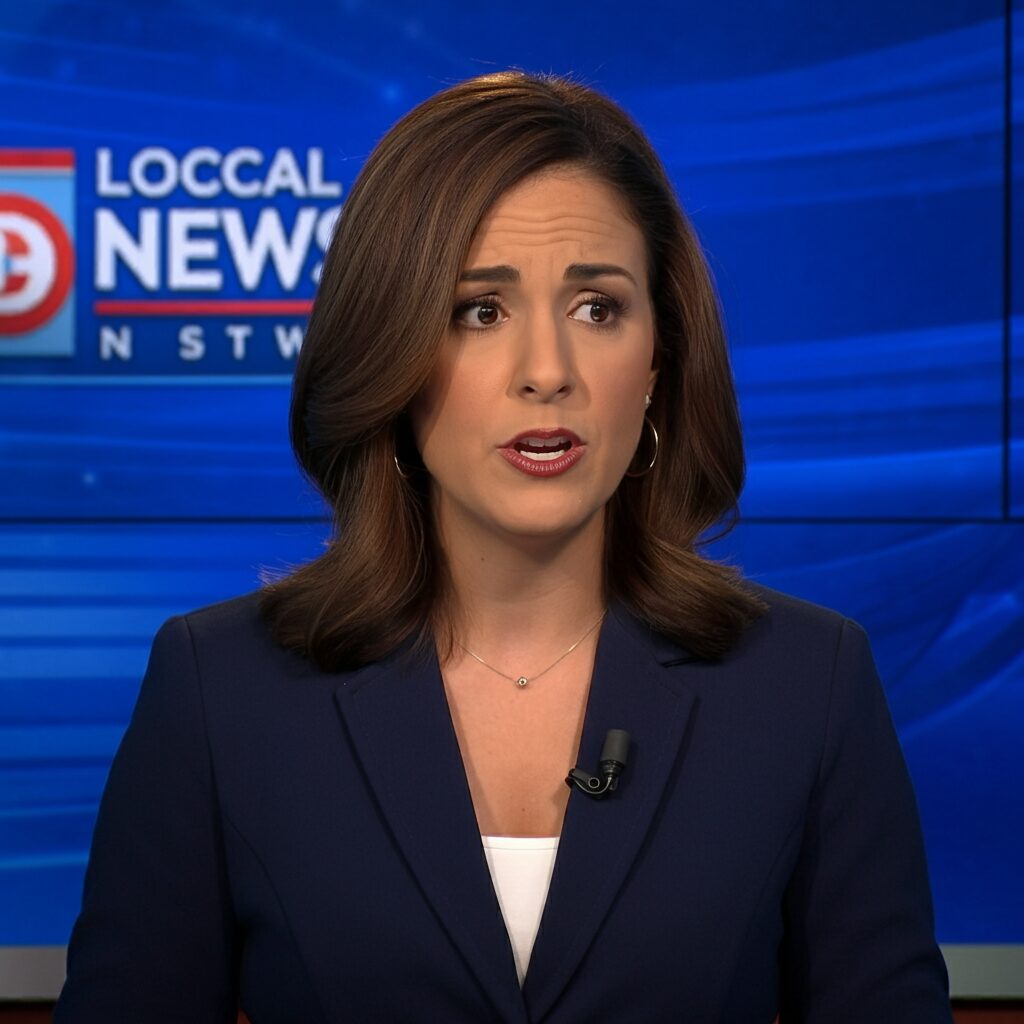
Blast Off to the Future! NASA is Using Magic Glasses to Train Astronauts!
Imagine you’re an astronaut, getting ready for an amazing space adventure! You need to learn how to fly a super-duper spaceship, but how do you practice when you’re still on Earth? Well, NASA has found a super cool way! They’re using special “magic glasses” and a giant, wobbly simulator to get pilots ready for the incredible journeys of tomorrow!
Recently, on July 23rd, 2025, NASA announced they’ve been testing a really exciting new way to train pilots. It’s all happening in a giant machine called the Vertical Motion Simulator (VMS).
What’s This “Magic Glasses” Thing?
These aren’t your everyday glasses! They’re called mixed reality headsets. Think of them like super-powered goggles that can show you amazing things that aren’t really there. They can put you right in the middle of a space mission, showing you planets, stars, and even the Earth from high up above!
When a pilot wears these mixed reality headsets, the VMS can make it feel like they are actually flying a real spaceship. They can see the virtual world around them, like the cockpit of their spacecraft, and they can even interact with it! It’s like stepping into a video game, but this is a real-life training mission to help people go to space!
What’s the Big Wobbly Machine?
The Vertical Motion Simulator is like a giant, super-strong robot arm that can move and shake just like a real aircraft or spacecraft would. It’s HUGE! It can tilt, sway, and even move up and down. This helps the pilots feel all the bumps and turns of flying, even though they are safely on the ground.
When the pilot wears the mixed reality headset inside this giant simulator, they can see a whole new world! They might see a beautiful view of Earth from space, or they might be flying through a stormy sky. The simulator moves exactly how the virtual world looks, making it feel super real!
Why is This So Important?
- Practicing Safely: Flying spaceships is tricky business! This new technology lets pilots practice all sorts of tricky maneuvers and emergency situations without any danger. They can try something difficult many times until they get it just right.
- Learning New Things: NASA is always exploring new ways to travel. This mixed reality simulation helps them train pilots for different kinds of spacecraft, even those that haven’t been built yet! It’s like getting a sneak peek at the future of space travel.
- Making Space Travel Even Better: By training pilots in these realistic simulations, NASA can make space missions safer and more successful. This means more exciting discoveries and maybe even trips to places like Mars or the Moon for more people!
Imagine Yourself as a Space Explorer!
This is what science is all about – using our brains and technology to explore the unknown and make amazing things happen! Maybe one day, you’ll be the one wearing those magic glasses, training in the Vertical Motion Simulator, and soaring through the stars.
So, the next time you look up at the night sky, remember that scientists and engineers at NASA are working hard, using cool technology like mixed reality, to make our dreams of space exploration come true. Keep asking questions, keep exploring, and who knows, you might be the next astronaut to visit a new planet! Science is an adventure, and it’s just waiting for you to discover it!
NASA Tests Mixed Reality Pilot Simulation in Vertical Motion Simulator
The AI has delivered the news.
The following question was used to generate the response from Google Gemini:
At 2025-07-23 16:39, National Aeronautics and Space Administration published ‘NASA Tests Mixed Reality Pilot Simulation in Vertical Motion Simulator’. Please write a detailed article with related information, in simple language that children and students can understand, to encourage more children to be interested in science. Please provide only the article in English.